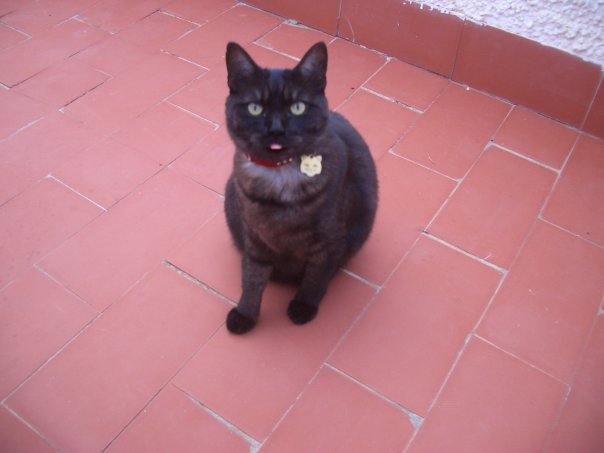Our furry feline friends have some fascinating behavioral habits which might be confusing to their owners but they do have explanatory reasons. Why do cats purr for example? Does it mean they are happy and content? Here is a look at some of the more common feline behaviors so you can consider at least some cat behavior explained.
Table of Contents
Cat Behavior: Why Do Cats Purr?
Cats use purring as a communication device. A cat will purr when something makes them feel happy, comfortable or safe.
A kitten and its mother often purr together as a sign of comfort and being relaxed and the kitten will continue the purring behavior throughout its life. It has also been known for dying cats to purr, perhaps to reassure or comfort themselves.
No one is really sure how a cat producing a purr. Perhaps it is because of soft palate vibrations. Maybe it is the sound of blood moving through the blood vessels. There have been electromyographical tests which show the electrical activity in a cat’s muscles.
This might mean that purring happens when the larynx muscles relax. This is where the voice box is found. If the larynx closes partially, this could be how the sound is made, which explains this element of cat behavior somewhat.
Cat Behavior: Why Do Cats Rub Their Faces?
Cats rub their cheeks, chins and bodies on many different surfaces. Perhaps it feels good but that is not the main reason cats do this. Cats have scent glands on their lips, mouths, chins and heads. Perhaps your cat rubs up against you to ask for food or as a greeting. Cats living together will rub together to swap scents.
There is a “colony scent” which cats living together have. This is useful for the cats because it is easier to detect an intruder into the group.
If you bring your cat back from the veterinarian after an operation, the other cats might hiss or growl because of the unfamiliar smells on the other cat. Cats use their sense of smell to identify one another.
Why Do Cats Knead Things?
It is normal for a cat to knead your lap before lying down on it. A cat uses its front paws to knead. It will extend the claws and dig them into the surface in a left-right-left-right motion.
Kneading, also called milk tread, is learnt as a kitten. A kitten suckling from its mother will knead to help the milk flow faster.
Cats do this in adulthood because they associate curling up somewhere comfortable with the safety and comfort of their mothers.
ASPCA Complete Guide to Cats Book, on Amazon
Why Do Cats Scratch Things?
Cats scratch different surfaces. You probably prefer it when Fluffy scratches a tree rather than your sofa but a cat without access to a scratching post or tree will make use of whatever is available. Scratching (or “stropping”) gets ride of loose nail sheaths where are covering the claws growing underneath.
Cats leave their scents when scratching because they have scent glands in their paws. This is a way to mark territory. A de-clawed cat will still try to scratch at things. This might be because it wants to leave its scent or it could be a natural habit.
Cats are fascinating to watch and they also do many things which cannot be explained!

